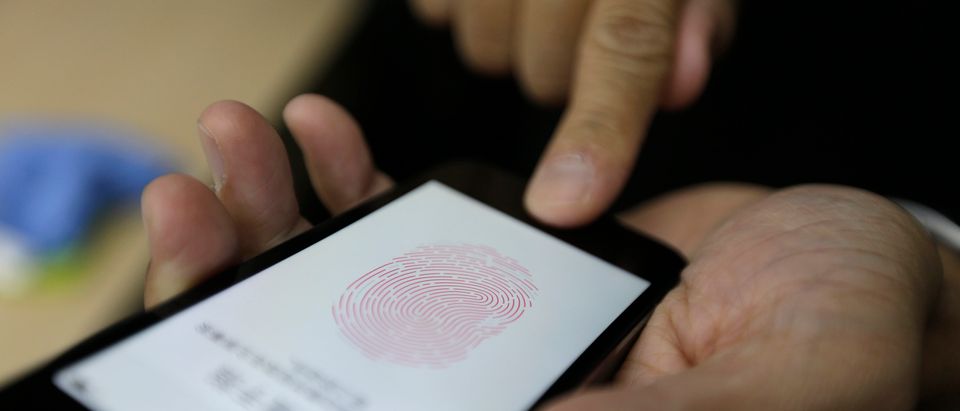Law enforcement officials are using dead people’s fingers to unlock iPhones needed for investigative purposes, and it’s completely legal “even if there might be some ethical quandaries to consider,” according to Forbes.
Fingerprints are used instead of passwords to access smartphone data because it’s an easier and more memorable process, but as it turns out, fingerprint-recognition technology isn’t only appealing to consumers. Police have been taking advantage of the relatively new smartphone security feature as well.
Sources close to police investigations that have used this technique in New York and Ohio say it’s “relatively common” for authorities to unlock iPhones holding potentially important information using the fingerprints of their deceased owners.
“The technique has been used in overdose cases,” Forbes explains, “In such instances, the victim’s phone could contain information leading directly to the dealer.”
While trying to unlock a smartphone using a rigor-mortis finger does not work in every case, and phones are often sent to labs to be cracked by professionals, it is easy to see why police and detectives want access to the kind of information that can be found on personal smartphones, especially when related to drugs.
Unlocking an iPhone using just a finger is a cheap, quick and effective process — at least more so than paying a contractor to do the work.
Every interaction between the deceased and suspects related to the deceased found on smartphones and computers is free to be used by investigators and does not violate any kind of privacy law. Police don’t even need a warrant to unlock the smartphone of a deceased person unless it is owned and shared by another person.
And with ever-changing smartphone security, there may be an even simpler way to unlock smartphones using facial recognition technology.
Marc Roger, researcher and head of information security at Cloudflare, told Forbes, “While Face ID is supposed to use your attention in combination with natural eye movement, so fake or non-moving eyes can’t unlock devices…the tech can be fooled simply using photos of open eyes.”


